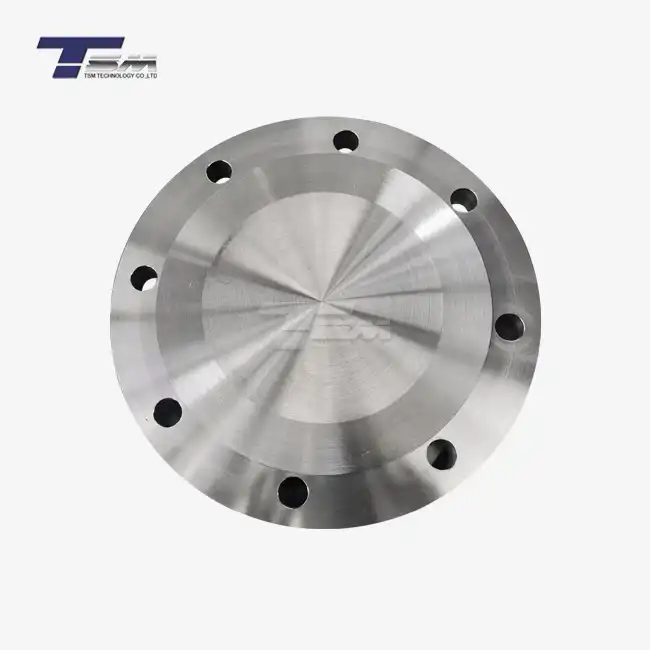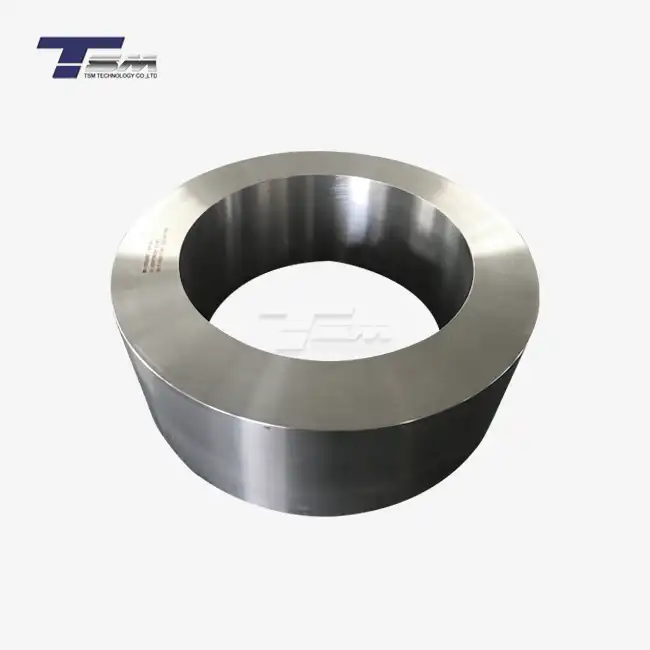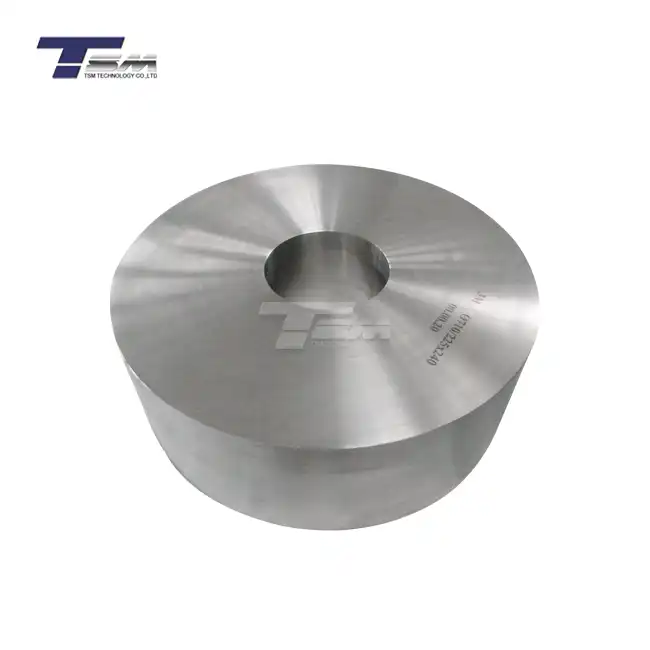- English
- French
- German
- Portuguese
- Spanish
- Russian
- Japanese
- Korean
- Arabic
- Greek
- German
- Turkish
- Italian
- Danish
- Romanian
- Indonesian
- Czech
- Afrikaans
- Swedish
- Polish
- Basque
- Catalan
- Esperanto
- Hindi
- Lao
- Albanian
- Amharic
- Armenian
- Azerbaijani
- Belarusian
- Bengali
- Bosnian
- Bulgarian
- Cebuano
- Chichewa
- Corsican
- Croatian
- Dutch
- Estonian
- Filipino
- Finnish
- Frisian
- Galician
- Georgian
- Gujarati
- Haitian
- Hausa
- Hawaiian
- Hebrew
- Hmong
- Hungarian
- Icelandic
- Igbo
- Javanese
- Kannada
- Kazakh
- Khmer
- Kurdish
- Kyrgyz
- Latin
- Latvian
- Lithuanian
- Luxembou..
- Macedonian
- Malagasy
- Malay
- Malayalam
- Maltese
- Maori
- Marathi
- Mongolian
- Burmese
- Nepali
- Norwegian
- Pashto
- Persian
- Punjabi
- Serbian
- Sesotho
- Sinhala
- Slovak
- Slovenian
- Somali
- Samoan
- Scots Gaelic
- Shona
- Sindhi
- Sundanese
- Swahili
- Tajik
- Tamil
- Telugu
- Thai
- Ukrainian
- Urdu
- Uzbek
- Vietnamese
- Welsh
- Xhosa
- Yiddish
- Yoruba
- Zulu
Nickel 200 vs 201: Technical Analysis & Strategic Selection Guide for Industrial Applications
Core Composition: The Carbon Differential
Nickel 200 (UNS N02200) and Nickel 201 (UNS N02201) are both ≥99% pure nickel alloys, but their carbon content defines their operational boundaries:
Nickel 200: Carbon ≤0.15% – Optimized for strength at lower temperatures
Nickel 201: Carbon ≤0.02% – Engineered to prevent graphite-induced embrittlement above 315°C (600°F)
Table: Key Chemical Composition (wt%)
|
Element |
Nickel 200 |
Nickel 201 |
|
|
Ni |
≥99.0 |
≥99.0 |
|
|
C |
≤0.15 |
≤0.02 |
|
|
Fe |
≤0.40 |
≤0.40 |
|
|
Mn |
≤0.35 |
≤0.35 |
|
|
S |
≤0.01 |
≤0.01 |
|
|
Data consolidated from the ASTM specification |
|||
This 0.13% carbon differential enables Nickel 201 to resist graphitization – a failure mode where carbon precipitates form brittle networks in high-temperature environments.

Temperature Performance: Decisive Application Boundaries
|
Parameter |
Nickel 200 |
Nickel 201 |
|
Max Operating Temp |
315°C (600°F) |
665°C (1230°F) |
|
ASME Pressure Vessel |
Approved ≤315°C |
Approved ≤665°C |
|
Critical Failure Risk |
Graphitization >315°C |
None until 665°C |
|
Certification data per ASME Boiler Code |
||
Operational Insight: Nickel 200 is cost-effective for boilers, electronics, and food processing below 315°C. For caustic evaporators or aerospace combustion chambers exceeding 315°C, Nickel 201 is mandatory.
Mechanical & Physical Properties
1. Room Temperature Performance
Tensile Strength: Nickel 200: 415-585 MPa vs Nickel 201: 345-415 MPa
Elongation: Nickel 200: 35-55% vs Nickel 201: 40-60%
Work Hardening: Nickel 200 hardens faster during cold working, requiring intermediate annealing
2. Key Physical Properties
|
Property |
Both Alloys |
|
Density |
8.89 g/cm³ |
|
Melting Point |
1435-1446°C |
|
Electrical Conductivity |
High (Electrode/wiring applications) |
Corrosion Resistance: Critical Differences
While both resist alkalis, organic acids, and neutral salts, divergence occurs in:
High-Temp Caustics (>315°C): Nickel 201’s low carbon prevents intergranular corrosion in NaOH/KOH evaporators
Static Seawater: Nickel 201 resists under-deposit corrosion 2.5× better than Nickel 200
Sulfur Compounds: Nickel 201’s stability drops if exposed to sulfur-rich lubricants during fabrication
Hydrochloric Acid: Nickel 201 shows 40% lower corrosion rates in deaerated HCl ≤15%
Fabrication & Processing
Welding: Use TIG/GTAW with ERNi-1 filler for Nickel 201 to prevent carbon pickup
Hot Working: 1200-2250°F (650-1230°C); Heavy forming >1600°F (870°C)
Cold Forming: Nickel 201’s lower yield strength (70-170 MPa) enables deep drawing (2.5:1 ratio) for electronic casings
Application Matrix by Industry
|
Industry |
Recommended Alloy |
Critical Factor |
|
Chemical Processing |
Nickel 201 |
>315°C alkali resistance |
|
Aerospace |
Nickel 201 |
Combustion chamber stability |
|
Food Equipment |
Both |
FDA compliance, no contamination |
|
Electronics |
Nickel 200 |
Higher conductivity |
|
Marine Valves |
Nickel 201 |
Static seawater resistance |
|
Applications verified from industry cases |
||
Economic Analysis: Total Cost of Ownership
Upfront Cost: Nickel 201 is 7-10% more expensive than Nickel 200
Lifecycle Savings: Nickel 201 extends service life 2-3× in >315°C environments, reducing downtime
Cost-Driven Selection:
For temperatures <315°C + budget constraints → Nickel 200
For high-temp, critical safety, or inaccessible installations → Nickel 201
Alloy 200/201 Dual Certification Strategy
Suppliers increasingly offer dual-certified (Nickel 200/201) products, combining Nickel 200’s strength with Nickel 201’s carbon control. This hybrid is ideal for:
- Equipment facing variable temperatures
- Projects requiring ASME compliance up to 665°C
- Streamlined procurement of pipes/valves
Decision Workflow: Selecting the Optimal Alloy
Use this 4-step protocol for alloy 200 201 selection:
Temperature Check: >315°C? → Yes → Nickel 201
Corrosion Exposure: Sulfur/static seawater? → Yes → Nickel 201
Fabrication Needs: Deep drawing/spinning? → Yes → Nickel 201
Budget vs Lifecycle: Low upfront cost → Nickel 200; Minimal downtime → Nickel 201
Conclusion: Strategic Positioning
The nickel 200 vs 201 debate resolves not by superiority, but by application alignment:
Nickel 200: Dominates cost-sensitive, sub-315°C applications (electronics, food processing).
Nickel 201: Essential for high-temp industrial systems (chemical processing, aerospace), where carbon control prevents catastrophic failure.
Future Trend: The dual-certified alloy 200/201 merges performance boundaries, but understanding the core difference between nickel 200 and 201 remains vital for failure-free operation.
Industry Alert: Misapplying Nickel 200 in >315°C environments caused a $2M valve explosion in a chlor-alkali plant – a preventable error underscoring temperature-compliance necessity

ABOUT TSM
TSM is a leading supplier and stockist of superior nickel alloys and special metals. We are dedicated to providing high-quality alloys, such as Nickel, Monel, Inconel, Incoloy, Hastelloy, and High-Temperature alloys, to the precision engineering industry and machine shops globally, including those in the pharmaceutical, pharmachemical, marine, offshore (oil and gas), and medical industries.
Our international trading journey began in 2011 in Hong Kong. Over the 14 years, TSM has continuously evolved and grown, building a reputation for innovation, reliability, and quality in the superior Nickel alloy area.
Quality Control
Global Supply
Number of Employees
Modern factory
Contact us
Write to us
visiting us
710065, 5th Keji Road, Gaoxin District, Shaanxi, China.
Fax
86 029 87547434
Contact directly
Learn about our latest products and discounts through SMS or email



